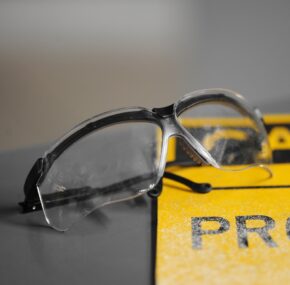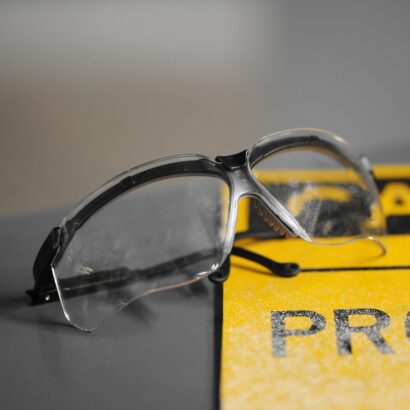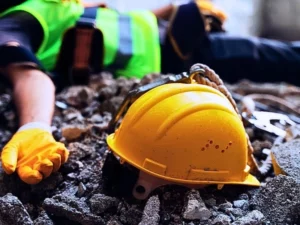Many eye injuries can be avoided through improved safety awareness and the proper use of personal protective equipment (PPE). About 2,000 job-related eye injuries occur each day in the United States. At least five percent of these injuries cause workers to miss one or more days from work.

How Workers Suffer Eye Injuries and Eye Injuries
According to the Centers for Disease Control and Prevention (CDC), work-related eye injuries fall into three categories:
- Scraping or striking. Most work-related eye injuries are caused from objects or small particles scraping or striking the eye. This could include wood chips, dust, metal slivers, cement chips or other materials that are blown around, ejected from equipment or fall on the worker from above. Workers also suffer blunt-force trauma to the eye socket or eyeball from walking into objects or by getting stuck in the eye or face with large objects.
- Penetrating. This type of injury is caused from objects like staples, nails from nail guns, or metal/wood slivers puncturing the worker’s eyeball. Permanent loss of vision can occur.
- Thermal or chemical burns. Workers who use cleaning products or industrial chemicals are at risk for chemical burns to their eyes. Those who use welding equipment could suffer thermal burns that could permanently injure their eyes and surrounding tissues.
It is also possible for some workers, like healthcare workers to contract eye diseases. Eyes can become contaminated with bacteria or viruses from blood spray, airborne droplets from sneezing or coughing, or rubbing of the eyes. Common diseases can range from minor eye reddening or soreness to serious and life-threatening diseases like HIV, avian flu or Hepatitis B.
Training and PPE Are Essential
Using proper eye protection like safety glasses, face shields, goggles or full-face respirators can protect workers from eye injuries. However, knowing what types of eye protection should be used for different types of tasks does require training. Workers often avoid using eye protection because it is uncomfortable or it interferes with their vision. In some instances, workers simply forget to use their PPEs. Employers should ensure that workers are trained in the use of PPE and are properly fitted with the right eye protection for the risks they are exposed to on the job.







